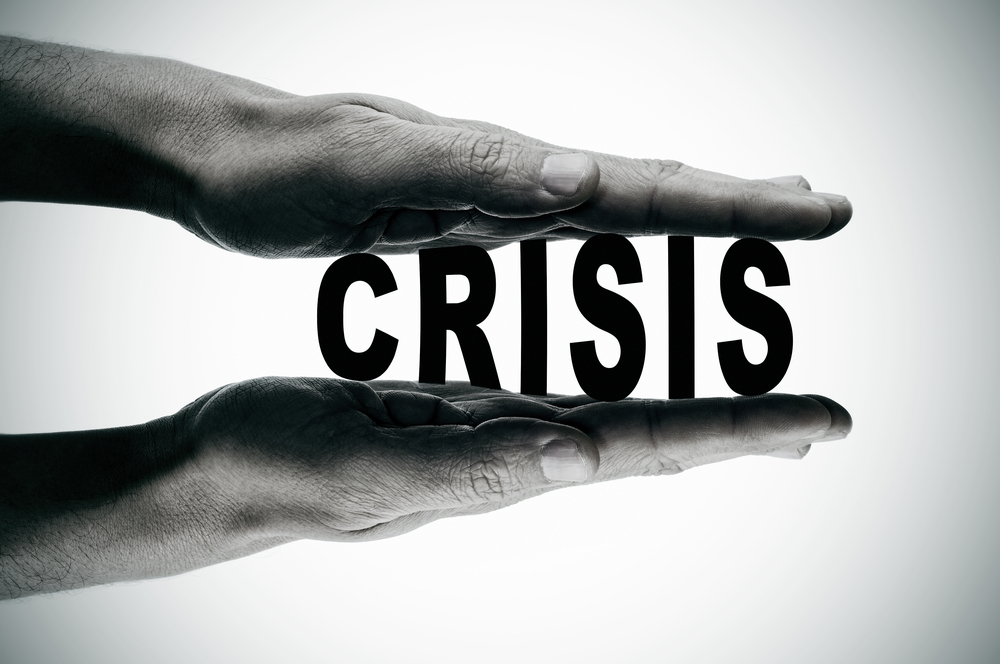Every Crisis Is Unique (You Should Plan on That)

We all know that planning and training for the inevitable crises an organization will face are crucial for a successful response. But we also all know that the best-laid schemes of crisis planners and trainers go awry. All crises are unique. That means the planning should allow for some agility, some awareness that the unexpected should be expected.
The first rule of crisis communications is that the immediate information you receive about a negative situation is usually wrong. So that’s the first point: Expect early information to be incorrect. That means baking into the planning and training the idea that you should take a deep breath and absolutely assure the information is confirmed before releasing a statement based on it.
Crisis planning means delegating certain roles to certain people — and having designated backups for those roles. But what happens if the primary person is off doing something else crucial and the backup is out sick? The planning must provide flexibility so that even a third person can jump in. Through the training, including table-top exercises, all particiants should be aware of all roles, even ones for which they don’t have responsibility.
Major Headache
The team may at first assess the crisis as being low-level. But it could develop into something much bigger. For example, attacks on social media could transform a mild situation into a major headache. An influencer with 5 million followers could get in on the act. The planning and training should allow for that flexibility and reassessment.
A typical approach to a crisis is to release a holding statement (“We’re aware of the situation and are investigating. We will comment further when we know more”) followed by, say, daily updates. But what if a fast-moving crisis requires more frequent speaking out? The crisis team should have the ability to decide that on the fly.
Your planning should include the communications channels you’ll use. It’s usually good practice to respond to, for example, a social-media crisis on the platform on which it arose. But what if the crisis hits on Instagram and your organization isn’t on Instagram? The team may have to decide to create an Instagram account. That wasn’t expected, but so be it.
Planned Statements
What if the planned messaging for a particular crisis scenario isn’t working? What if the public, or an important audience for you, is really beating you up? Time to ditch the planned statements and respond to what’s happening in real time.
Other issues will crop up. The point is that the planning should be in place even though you know curve balls will be thrown at you. In other words, plan on the unplannable.
Image Credit: Shutterstock
Sign up for our free weekly newsletter on crisis communications. Each week we highlight a crisis story in the news or a survey or study with an eye toward the type of best practices and strategies you can put to work each day. Click here to subscribe.




 Back to Blog
Back to Blog